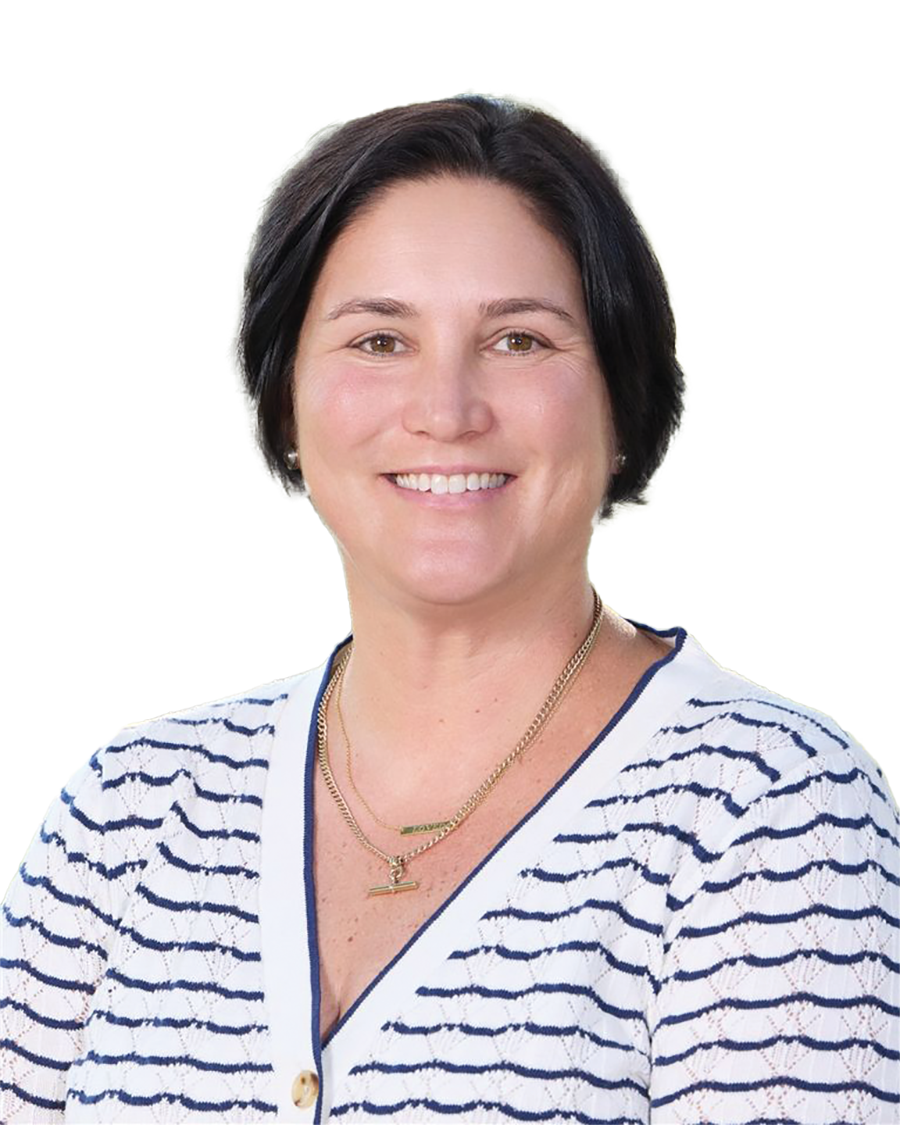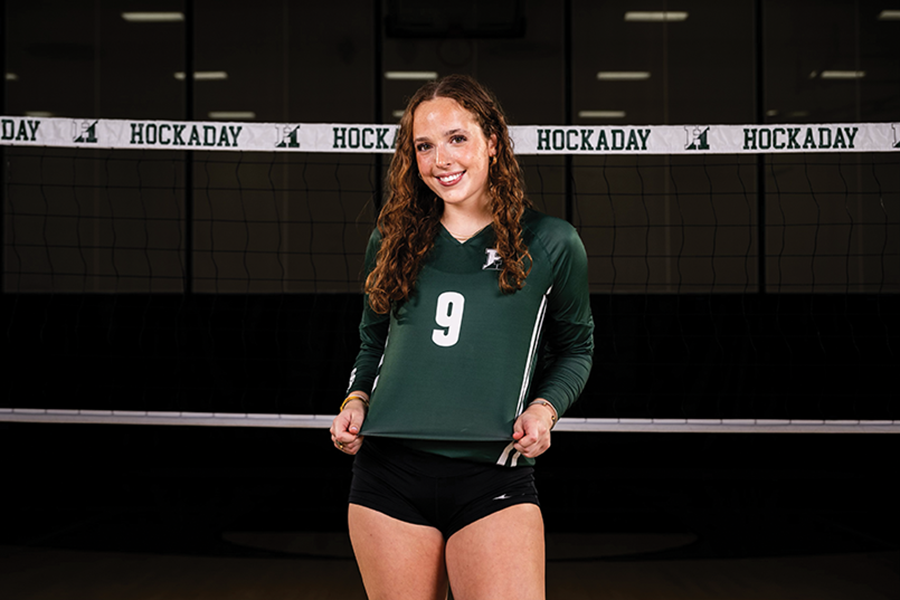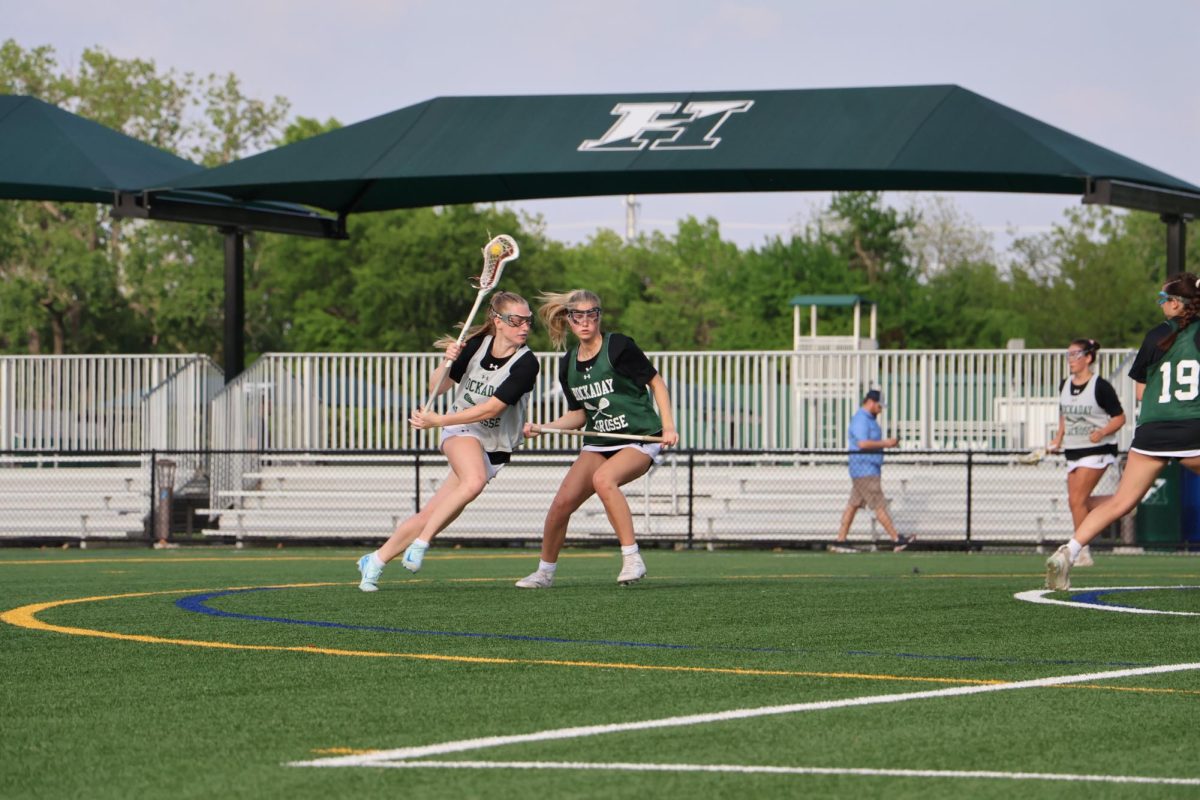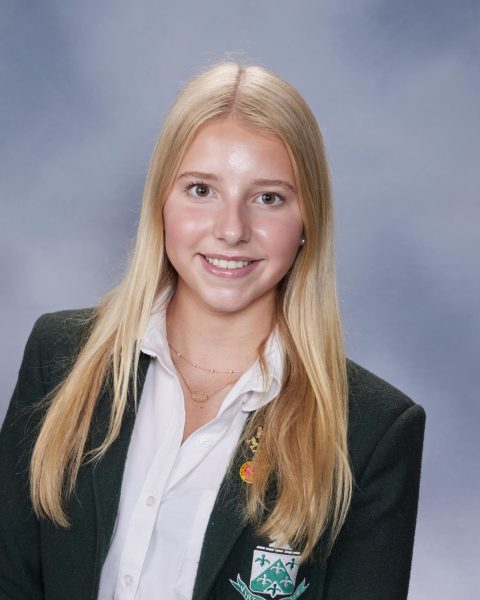Hockaday’s focus on pulling out the potential of each student athlete is what drew the new Director of Athletics Melissa Coyne to Hockaday.
“I think you come out of this school really well positioned to attack whatever it is that comes at you,” Coyne said. “That was really attractive to me. I want to be able to have an impact on young women in the same way that my teachers, my mentors and my family had on me.”
Coyne, a former University of North Carolina lacrosse player, attended Roland Park Country School in Baltimore, which she said shares many similarities with Hockaday.
“My teachers and my coaches throughout my scholastic experience were so important to my development,” Coyne said. “It felt like a good time to go back to that and have an opportunity to give to you girls.”
Coyne was previously the athletic director at The St. James in Northern Virginia, a sports and wellness facility. There, she helped introduce an academy model, where athletes come to the facility specifically to train for high level sports. Coyne also worked for USA Lacrosse for several years.
She plans to bring her competitive attitude to the Hockaday athletics program by elevating the physical education curriculum, sports teams, health and nutrition and strength and conditioning services.
“Athletics is a cornerstone,” Coyne said. “So, I think a goal for me is to just continue to evaluate how we are doing those programs and make changes where needed and always look toward growth, asking, ‘How can we get better?’”
Coyne has already introduced a study in cooperation with Dr. Sophia Ulman, Scottish Rite for Children Movement Science Lab division director. It is a randomized study using Hockaday athletes to gather information about how menstrual cycles impact female bodies during athletic training.
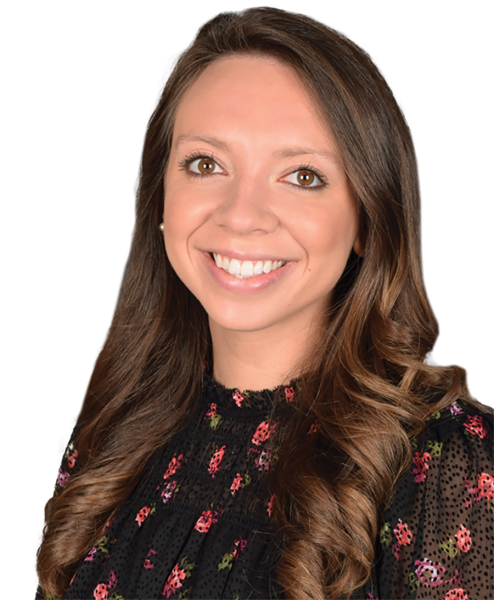
“I think the focus on female anatomy, female bodies and what we can do to help you girls better train your bodies is really important,” Coyne said.
The study’s goal is to improve the results of a neuromuscular training program by syncing it with an athlete’s menstrual cycles to minimize injury risk, particularly ACL tears, and to maximize long-term musculoskeletal health in female athletes.
“I have experience running lab-based research studies related to injury prevention,” Ulman said. “But this study is unique in the fact that it’s in the community, it’s in the high school setting.”
The study will initially focus on soccer and basketball athletes because those sports have the highest rate of ACL tears.
Hockaday is one of three DFW high schools participating in the three-year study. Volunteer student participants will enroll in the spring for an eight-week training program that takes place when school starts next year during the soccer and basketball preseason.
Statistically, young female athletes tear their ACL up to eight times more than males. This study aims to investigate if we can improve this disparity, and hopefully, in part, resolve this problem.
“We’ve conducted research over the past two years that has shown [females’] knee laxity, which is how stretchy the knee joint is, changes across the menstrual cycle,” Ulman said. “Additionally, [females’] biomechanics changed across the menstrual cycle, so some movement risk factors, like when the knees move inward or when the hips rotate inward, movements that are known to lead to injury, were all elevated during certain phases of the menstrual cycle.”
Twice a week for 30 minutes, athletes in the study will conduct specific exercises prior to, during or after practice. Data is collected before and after the eight-week program to figure out if there were improvements in risk factors following the program.
Since the study is randomized, athletes are assigned to either one control group or one intervention group, without knowing which group they are in. Both groups will be doing the same exercises, so both groups will benefit from the study; however, the timing of when each group performs the exercises will vary.
“The training that we’re providing, the specific exercises, will benefit these athletes no matter what group they’re in, because these exercises have been well researched, and they’re evidence-based,” Ulman said. “They improve movement patterns and reduce risk factors across the board; we are simply trying to see if the syncing of the exercises improves movement and reduces risk factors even more.”
Participants in the study will also receive a free risk report from the Movement Science Lab at Scottish Rite, a free eight-week training program and a free biometric ring, which will be used to track athletes’ heart rates, menstrual cycles, nighttime recovery and more.
Health teacher and coach Melanie Jenkins said the biometric ring tracks the menstrual cycle in various ways.
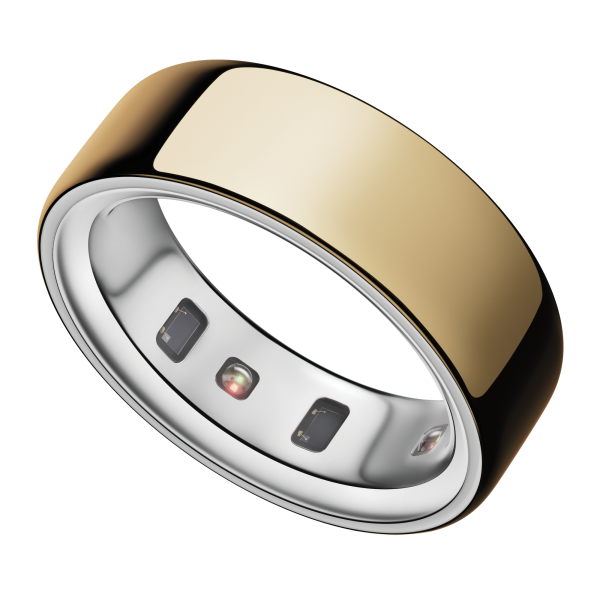
Jenkins said. “The ring will track temperature in order to understand different insights about each individual’s cycle. More specific measurements must be synced up with an app called ‘Natural Cycles.’”
Jenkins said she is excited to see the results of the study.
“I am definitely interested in seeing how the menstrual cycle affects a person’s susceptibility to injury or perhaps performance,” Jenkins said. “Additionally, doing [this study] with this age group at Hockaday will provide insight, because menstruation in the first two years that one has it is much more irregular. Overall, the Athletics Department is super excited to see these results, and so am I.”

